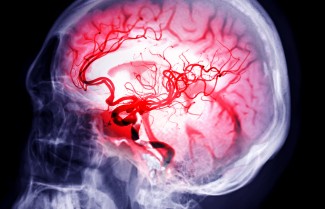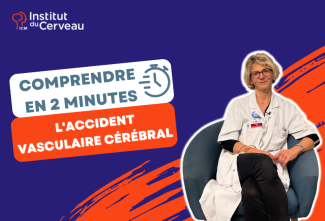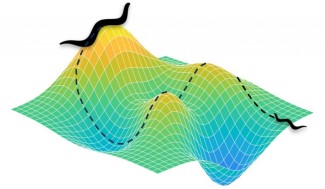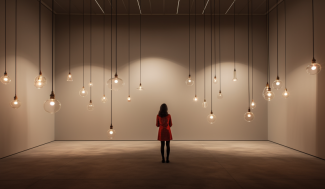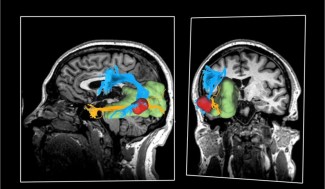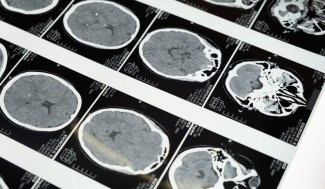Immediate and secondary treatment for a stroke patient depends on the type of stroke, which is identified using an MRI scan. In 80% of cases, the stroke is caused by a blocked artery in the brain, referred to as a cerebral infarction. In 20% of cases, the stroke is caused by a rupture of a vessel in the brain, referred to as a cerebral hemorrhage.
Management of a stroke
In an emergency, the main aim of managing a stroke is to minimize irreversible brain damage by restoring blood flow, in the case of an ischemic stroke, or by slowing the effusion of blood in the case of a hemorrhagic stroke.
For an ischemic stroke, thrombolytic injections can dissolve blood clots, while an endoscopic thrombectomy will help to reopen the blocked artery. A thrombectomy involves aspirating the blood clot that is obstructing the artery using a catheter inserted into the patient’s femoral artery that is then guided up into the cerebral arteries.
After a Stroke
In the days after a stroke, it is important to prevent it from recurring, since the likelihood of this is highest in the 7 days after the stroke, after which time the likelihood reduces.
In the weeks that follow, complex multidisciplinary care is put in place, ranging from physiotherapy methods to more elaborate techniques aimed at promoting brain plasticity – the brain’s ability to use non-injured neurons to perform a task. In most cases, rehabilitation teams consist of doctors, physiotherapists, speech therapists and occupational therapists.
At Paris Brain Institute
Researchers at Paris Brain Institute are working on understanding the neurological process of brain plasticity used in the brain to respond to a stroke, and are working specifically on post-stroke recovery by identifying which criteria support optimal rehabilitation. This rehabilitation is possible through therapeutic techniques such as Transcranial Magnetic Stimulation, which can include home-based rehabilitation devices such as an interactive robot or therapeutic games. These approaches improve day-to-day life and alleviate aftereffects for patients.

